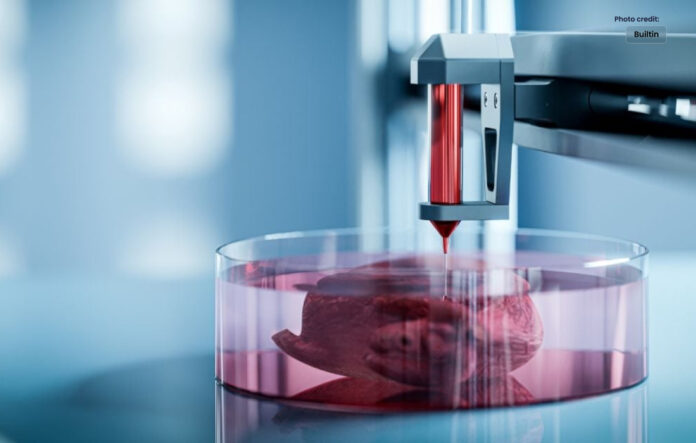Discover the exciting field of 3D-printed organs.
Introduction:
3D printing technology has become a major changer in the field of medical developments, especially in organ transplantation. The prospect of utilizing a patient’s own cells to generate personalized, functioning organs is extremely promising for the advancement of medical science. This blog explores the science underlying 3D-printed organs, their prospective applications, and their potential to improve millions of lives. It is an exciting read.
The Science of Three-D Printing Organs:
The convergence of biology and technology is central to the concept of 3D-printed organs. Researchers take a patient’s cells and turn them into bio-ink, which is used to make the organ’s constituent parts. Then, 3D printers deposit these cells layer by layer to create a functioning organ. Complex organs like hearts, kidneys, and livers can be created through a painstaking procedure that combines biological knowledge with precision engineering.
Uses for Organ Transplantation:
The potential for 3D-printed organs to completely transform the organ transplant industry is one of its biggest benefits. Due to the acute global organ scarcity, many patients must endure protracted waiting periods, and some may never get a transplant. By enabling the on-demand production of organs that are customized to meet the unique requirements of each patient, 3D printing provides a solution. This lowers the chance of organ rejection while also shortening the waiting period.
The Promise of Organ Transplants
The Potential of Organ Transplants to End Organ Shortages:
Transplantation has long struggled with organ shortages. This problem might be solved by 3D printing organs that are customized to each patient’s specifications. This has the potential to save many lives and drastically cut down on wait times.
Tailored Solutions:
Since each person is different, organs can be made to match the precise anatomy of a patient thanks to 3D printing. This tailored strategy raises the success rates of transplant procedures overall while also improving compatibility.
Overcoming Obstacles:
Biological Complexity:
It is very difficult to replicate the complex and dynamic structure of human organs. To guarantee the longevity and effectiveness of 3D printed organs, researchers are always improving printing techniques and creating cutting-edge materials.
Regulatory Obstacles:
Extensive testing and regulatory approvals are necessary before 3D printed organs may be used in general healthcare. To guarantee the effective incorporation of new technology into medical practice, it is imperative to maintain a balance between innovation and safety.
Beyond Customized Therapy:
The potential to create 3D-printed organs using a patient’s own cells opens up a previously unheard-of level of personalized therapy. The receiver may be a perfect match for these organs, which would remove the need for immunosuppressive medications and greatly increase the likelihood of a successful transplant. Beyond merely matching blood types, the personalization takes into account each person’s particular anatomical and physiological needs.
Obstacles and Prospects for the Future:
Even though 3D-printed organs are a revolutionary development, there are still difficulties. Since the technology is still in its infancy, more investigation is require to guarantee the safety and long-term survival of these printed organs. It’s also necessary to handle ethical issues and regulatory barriers. Ongoing studies and developments, however, point to a bright future for this ground-breaking method of organ transplantation.
Conclusion:
The prospect of 3D-printed organs is reshaping the landscape of medicine, offering hope to those in need of life-saving transplants. As technology continues to evolve, the dream of creating organs tailored to individual patients is becoming a reality. Moreover the synergy of biology and 3D printing is opening new frontiers in healthcare, promising a future where organ shortages are no longer a barrier to saving lives. The journey towards fully integrating 3D-printed organs into mainstream medical practice is underway, bringing with it a new era of personalized medicine and unprecedented possibilities.




